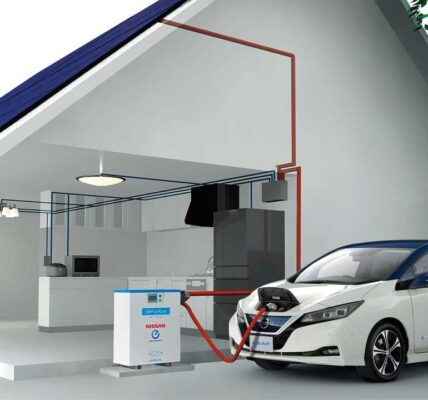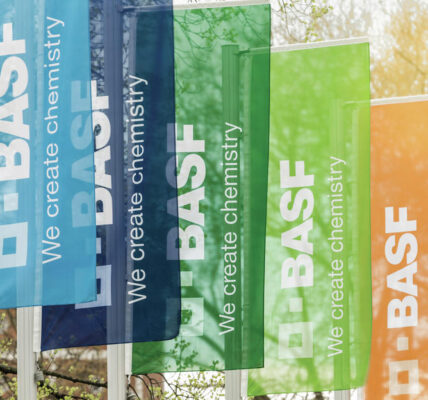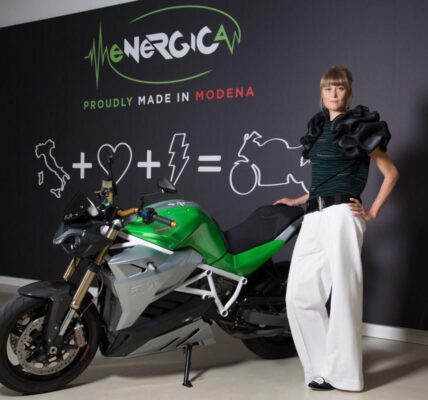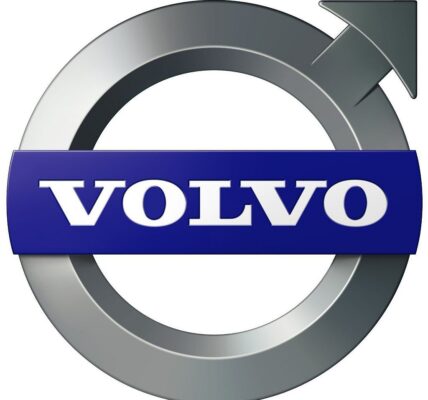Fiat CEO Olivier François tells the press his company’s electrification strategy will focus on small cars in the A and B class segments of the market. The Fiat 500 and Panda account for nearly a third of all small car sales in Europe and the company intends to maintain its market share in that segment as the transition to electric cars continues.
The Fiat Small EV Strategy

Credit: Fiat
“Everyone is embedding the high cost of an EV into a high-cost car, like Tesla, so the extra cost is diluted. It’s harder to do this in the A-segment. But the 500 has the strength to carry it. Only the A- and B-segments can generate hundreds of thousands of EV sales. We want to leverage the fact that Fiat sells one in three small cars with the 500 and Panda.”
At a high level strategy meeting last month, François told senior managers, “There will be no big cars, no premium cars, no sporty cars because they have no legitimacy.” The CEO insisted that “we need more electric vehicles.”
The latest fully electric Fiat 500 will go on sale next year. It will be followed by a fully electric Panda beginning in 2023. The two e-models are part of a broader plan to focus on renewing the two European bestsellers, according to Electrive.
One way Fiat intends to keep the price of its small electric cars down is to equip them with relatively small batteries. The batteries will be modular and customers will be able to upgrade them to suit their needs and tastes. “There’s a lot of cost in accommodating the battery, so we’ll use a modular 62-mile battery, which you can upgrade by renting, buying or leasing,” François says.
Mercedes Adds PHEVs To A & B Class Cars

Credit: Mercedes Benz
Rather than follow the battery electric route for its A and B class cars, Mercedes will add plug-in hybrid powertrains to its newest A and B class offerings. The company plans to have 10 PHEV models on sale by the end of this year, according to Electrive. The A 250 e and A 250 e Saloon can be ordered now, and sales of the B 250 e will start in a few weeks.
Both will feature a 15.6 kWh battery that is capable of powering the cars electrically for up to 69 miles in the discredited WLTP cycle. Actual range will likely be a third less. Look for the cars to use between 1.4 and 1.6 liters of fuel per 100 kilometers on average. The electric motor will provide 75 kW of power and the onboard 4-cylinder gasoline engine will contribute another 118 kW of power. Combined torque is said to be 450 Newton-meters. Both cars drive through an 8-speed dual clutch transmission.
The cars can be recharged from an AC outlet in less than 2 hours, while an 80% SOC can be obtained in 25 minutes using a DC charger. Several driving modes are available depending on whether the driver prefers to focus on performance or maximum range.
Prices for the A 250 e start at €36,943, while the Saloon lists for €37,300. The price list for the B 250 e (not to be confused with the previous generation electric car) is €37,663.
The Takeaway
Between the two companies, Fiat seems more determined to bring fully electric cars to the masses while Mercedes is stuck in the slow lane with plug-in hybrid technology that leans heavily on gasoline engines and complex transmissions. Both companies will face serious competition from the new Volkswagen ID3 which will offer an entry level version that is expected to sell for around €22,000.
In the European market, at least, Volkswagen seems to have an early lead in building electric cars for the A and B segments. Now the question is whether anybody can make money doing so.
Article Credit : Steve Hanley







